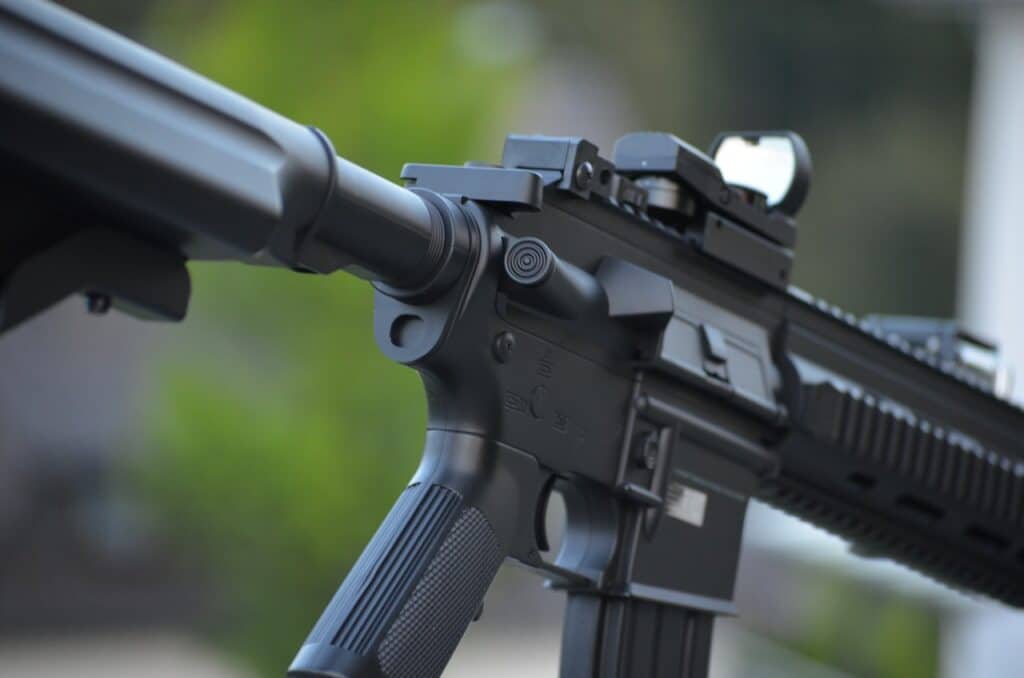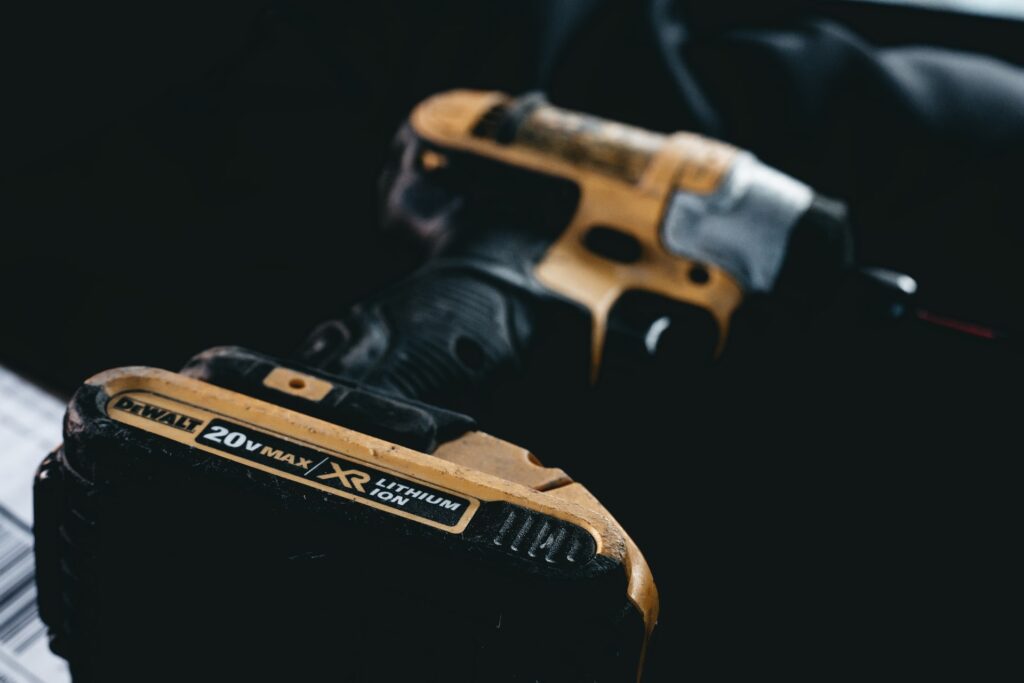Table of Contents
Many people prefer having cool old rifles and then setting them up for a scope that further helps them in the shooting process.
The ideal way of doing that is to take the rifle to a gunsmith in order to ensure that the work is done right. However, this can be costly and take a lot of time.
If you are keen on saving money and time then follow the guide to learn how to do the whole process by yourself at home.
Quick Summary
The following information will be covered in the article:
- How to drill and tap a rifle for scope mounts?
- Types of rifle scope mounts
Let’s get into it.
How to Drill and Tap a Rifle for Scope Mounts?
Tools You Will Need – Complete List
Before we get started, here’s a complete list of tools you will need to make the process smooth and easy for you.
Note: If you want to know a complete guide about scopes click HERE.
A rifle

Without question, the rifle is the most important item of the process. Disassemble the rifle before starting and you will require the receiver.
Depending on the type of scope mount you may also require the barrel.
Scope Base Mount
The scope base mount is of your choice that you want to install on the rifle.
Guide or Jig
This is something very important and comes in very handy during the process. It is not possible to do the whole process free-hand. The guide depends on the mount you are using and the number of holes you need.
You can also use a jig that costs around 50-60 dollars to hold the receiver steady.
Vise
A good vise is the best option to hold the receiver and your jig in place. We highly recommend you invest in one.
Note: If you want to gain information Where are Monstrum Scopes Made? Click HERE.
Drill

The ideal option is to have a drill press. A drill press works smoother and gives way better results. In case you do not have a press you can go for a hand drill instead.
When using a hand drill make sure that you give proper time and be very precise for good results.
It is not easy to drill through all kinds of receivers.
Cutting Oil
Cutting oil reduces friction and helps in smoother drilling.
Proper Drill Bit and Tap Bushing
Make sure you have the correct size of the drill bit and the tap bushing.
In addition to this, also make sure that they are hard enough to cut through steel.
Note: If you want to know How To Look Through A Rifle Scope click HERE.
Steps Required to Drill and Tap a Rifle for Scope Mounts
Step 1
The first step requires you to disassemble the rifle. Since the receiver is the only piece that you will be drilling, it is best to get the rest of the rifle out of the way.
Step 2
For the second step secure the receiver in the chosen jig. This will align the holes on the receiver exactly where they should be. It is advisable to double-check the mount against this to ensure that the holes are in the correct position.
Then using a vise secure your jig and receiver. Make sure that it is very tight to avoid any complications later.
Step 3
In this step, you have to select the proper bit and tap. Both of these must be of the correct size to do the job. It should not be a problem if you are ordering a new one.
However, if you decide to use an old one take the help of the size gauge. Some jigs also come with guide bushings which can be helpful.
Step 4
In the fourth step, place a drop of oil into the hole and drill away. You will want the guides or bushings to fit into the holes for your drill bit. It assists you in a straighter drill hole.
Step 5
In this step use the tap bushings to tap out the hole. To make sure that you don’t break the tap use a little more oil and go slowly and back up every quarter to half turn.
Ensure that no burs are left on the final product.
Step 6
Once you are done with all the above-mentioned steps, you can mount your base mount. Put the rifle back together and then mount your scope on the rifle.
Note: If you want to know How to Clean a Rifle Scope Lens click HERE.
Types of Rifle Scope Mounts
If you are mounting a scope to your rifle by yourself, it is preferred to match the scope with the mount. The following are the types of mounts:
Picatinny Mounts
This is perhaps the most important type of mount. The mount comes with recoil keys to prevent the scope from moving during recoil. It also has a universal standard size.
Weaver Mounts
On a weaver mount, the ring size must match the scope tube width. It is preferred to use a weaver to weaver system. These mounts come in one-piece and two-piece rails.
Dovetail Mounts
The Dovetail rings are obviously best suited with Dovetail mounts. The rings can be tipped off when the screws are loosened instead of sliding them all the way off. The ring size must be specific to the tube size of the scope.
Single Piece Mounts
Single-piece mounts are most liked by people when working because they are strong, easy to mount, and easy to work with. You do not have to worry about aligning the scope and aligning the rings.
Due to the maximum rigidity, these mounts are popular for high recoil calibers.
Two-Piece Mounts
These mounts work best with bolt action rifles as you get no obstruction to working the bolt and the chamber. For this, you mount to separate rings to two-piece rails.
If you have big hands or you like working with gloves then the two-piece mounts are ideal for you.
They are lighter than one-piece mounts but trickier to install.
Integral Mounts
The Integral Mounts are very similar to one-piece mounts. Rifles that are compatible with the integral mounts have the bases machined into the receiver already.
Wrapping Things Up
You now have learned the easiest way of drilling and tapping a rifle for scope mounts.
This process done at home saves you precious hours and a lot of dollars. In addition to this, you have also learned about various mounts that will surely help you.
We hope the information we provided was useful.
If you want to know more information about scopes click HERE.
Author
-

John is the Editor in Chief here at The Outdoor Stores. His area of expertise ensures that there is no one better to suggest which rifles are most suitable for your hunting experience. He is also available for you to contact him personally to discuss the types of animals you want to hunt and the terrain you will be hunting on.
Feel free to read his posts for expert opinion on Rifles, Scopes, Rangefinders, Bonoculars and Monoculars.
View all posts






